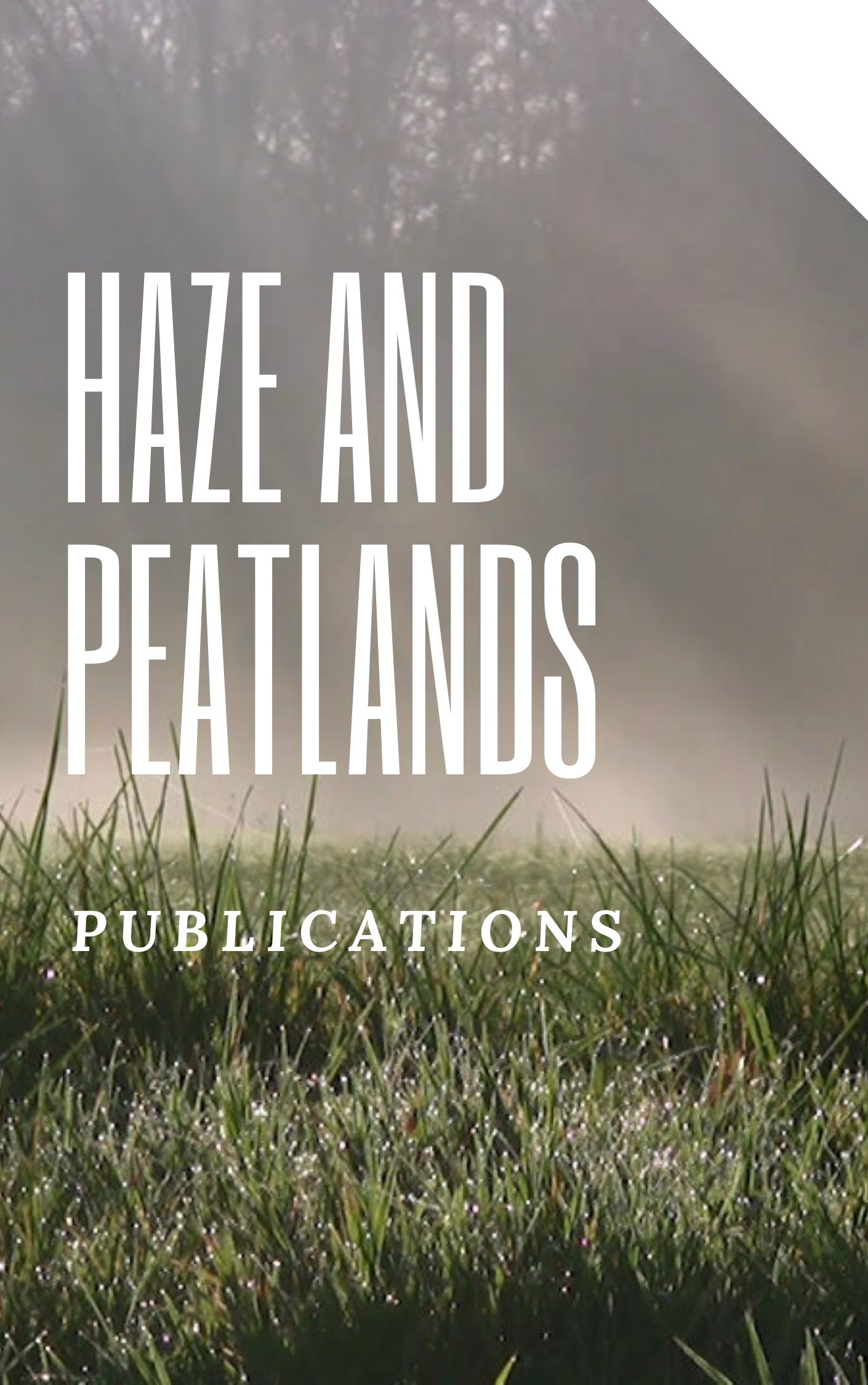Malaysia has banned open burning of old oil palm biomass at replanting. The most widely adopted zero burn techniques of replanting oil palms in Malaysia currently are the chipped and windrow" and "underplanting" methods. These methods resulted in very high breeding of Oryctes rhinoceros beetle, which has become the most serious pest in immature and young mature palms in Malaysia currently. Three new no-burn methods of clearing old oil palms for replanting whereby almost the entire palms are pulverized into fine pieces of less than 0.1g dry weight each and spread widely over the entire field and the root mass dug up at felling are reported. More than 50% of the pulverized palm biomass decomposed by 24 weeks after pulverization, which increased to 80% by the 56th week. All the three methods have good potential in reducing the breeding of Oryctes rhinoceros. They also have good potential in reducing the rat and Ganoderma boninense disease problems. In addition, the new clearing methods reduced the fallow period, facilitated replanting and the subsequent field upkeep work, and improved the utilisation of nutrients released by the decomposing palm biomass by the newly replanted palms. The methods of clearing old oil palms for replanting are environmentally less polluting and also improve the sustainability of oil palm plantations."
View source

